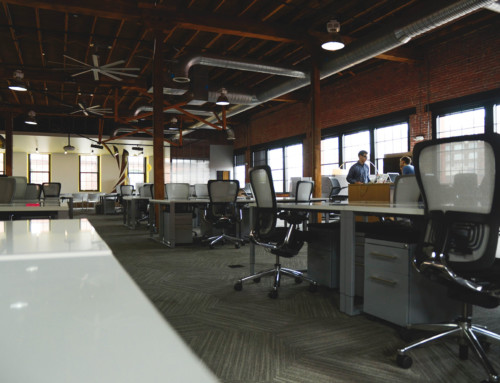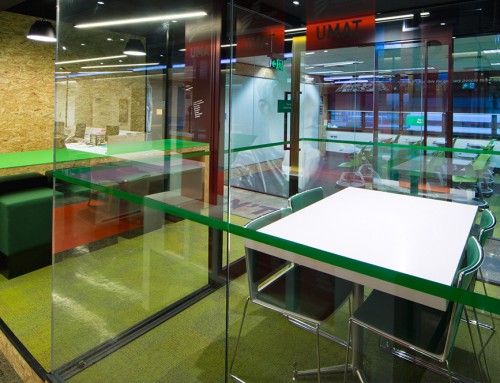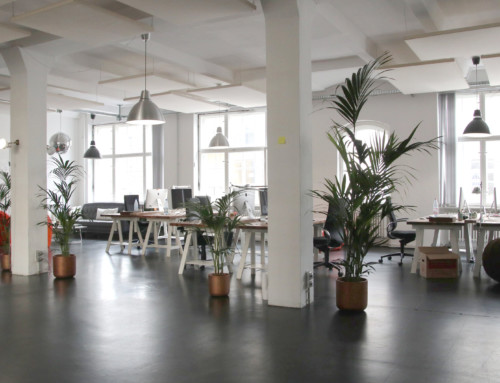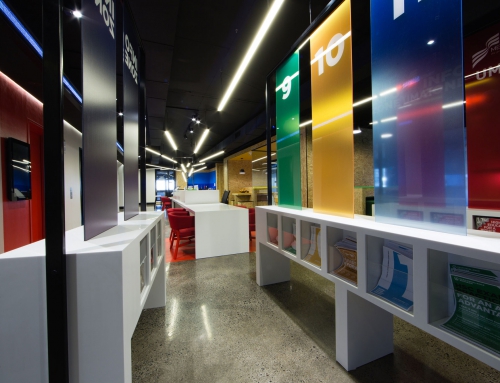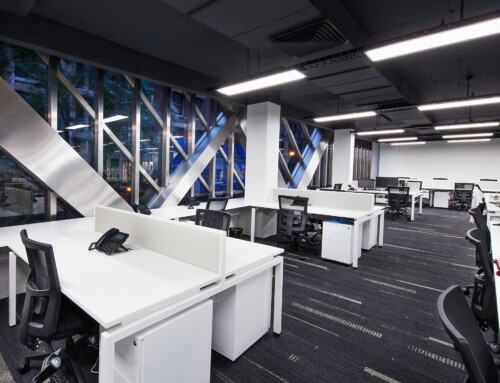There’s a new construction material on the rise, and fervent supporters of this material are touting it as the beginning of a construction revolution that’ll utterly transform environmentally sustainable architectural design.
Mass timber isn’t the typical wood you’d find at a standard timber or hardware store. To handle heavy loads, mass timber is constructed from layers of wood sheets, nailed or glued together under pressure in alternating patterns to increase strength. This innovative method makes mass timber arguably stronger than steel, while also allowing the use of younger, faster-growing trees, supporting sustainable forestry practices.
Many see the rise of mass timber as a promising solution to climate change.
Urban built environments contribute 75% of global greenhouse gas emissions annually, with buildings alone responsible for 35% of that figure—a staggering statistic. The production of steel and concrete also releases large amounts of carbon. Architects, manufacturers, and environmental specialists are therefore looking to mass timber as a carbon-sequestering material that could transform the industry from a major CO₂ producer into a substantial carbon sink.
Trees naturally store carbon, absorbing it from the atmosphere and releasing oxygen. When used as building material, wood can trap existing carbon for decades or even longer. Not only is wood theoretically a fully renewable resource, but it also has a faster production cycle, helping to tie up carbon sustainably.
Unlike concrete structures, wood can be reused for future office fitout projects. In fact, many find repurposed timber from old buildings have an aged, rustic charm that new timber often doesn’t have, creating an appealing aesthetic on its own.
Already, businesses have been trying out this new technology. Lever Architecture’s Albina Yard, a 16,000 square foot office building located in Portland, Oregon is made out of cross-laminated timber, while 25 King in Brisbane is currently Australia’s tallest timber building at 45 m high, with 10 floors in its office block.
What about fire?
Building large, office blocks made entirely out of wood might seem like a fire-disaster ready to develop at any time – but in fact, it’s much safer than you may imagine. Fire chars the outside of the timber blocks, insulating the heat from structurally damaging wood inside the block. This allows the timber to keep structural integrity and continue carrying weight in a fire situation. In fact, mass timber may even have better integrity than steel – while steel melts and warps, wood still holds its shape under intense heat.
Sustainably sourced timber?
The rise in wood-based construction can only be sustainable if the timber is sourced responsibly.
Fortunately, Australia has one of the world’s best forestry management systems, making it easier to verify if your timber is sustainably sourced. There are three forestry certification schemes to look for when checking the source of your wood.
- The Australian Forest Certification Scheme (AFCS)
- Programme for Endorsement of Forest Certification (PEFC)
- The Forest Stewardship Council (FSC)
Ask yourself—Has your timber come from an Australian-certified sustainable forest?
Wood – Better for Psychological Health
Not only that, using wood in your buildings can help your employee’s psychological health and wellbeing. Including natural elements in your design can help your worker’s report 15% higher wellbeing, 6% greater productivity and feel inclined to have less sickdays. Ultimately, building with timber not only has a beautiful aesthetic, it can also help your business’s bottom line.
Try using sustainable wood in your newest design now! At SBProjects you can collaborate with people that have great insight on getting the most out of wood in design. Contact us via our contact form or email us on info@sbprojects.com.au to find out more.



